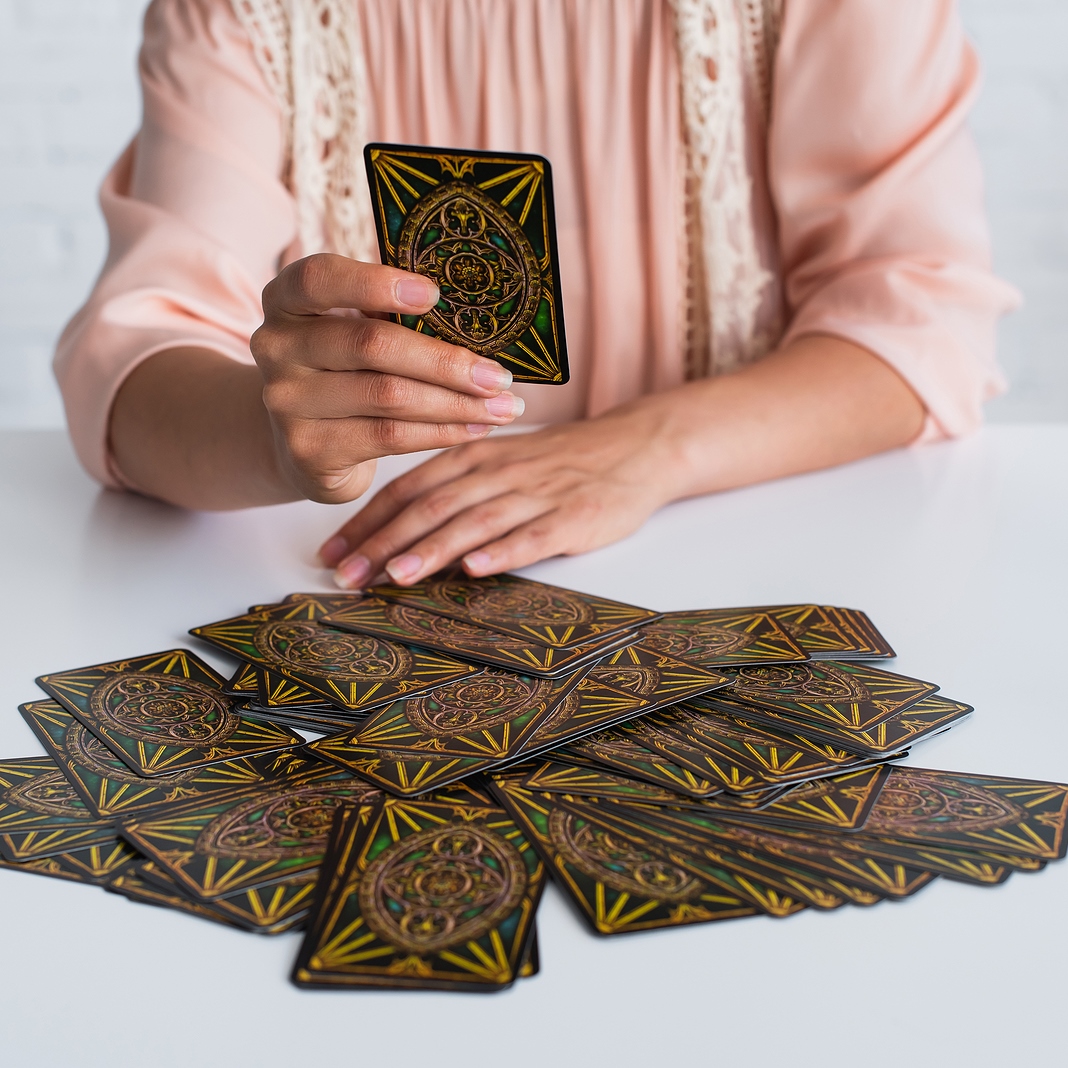Film is full of decisions that don’t come with a manual. Should you rewrite that second act? Cast the riskier lead? Submit to that niche festival or hold out for TIFF? In a creative space where there are rarely clear right answers, even the most experienced filmmakers sometimes just need a nudge—something to help them trust their gut.
Enter the yes or no Tarot reading. No drama, no fortune-telling theatrics—just a simple way to tap into clarity when your brain is playing tug-of-war with your instincts.
Turns out, the kind of inner clarity Tarot encourages might just be what creatives need when stuck between multiple good-but-not-great options. And in an industry that rewards bold choices, getting unstuck quickly can be the difference between momentum and missed opportunity.
The Power of a Clean Yes or a Firm No
Filmmaking is messy. Between production delays, creative conflicts, and budget curveballs, every shoot has its fair share of chaos. But some of the most successful filmmakers—whether behind the camera or pitching across a table at Telefilm—say the real challenge isn’t surviving the chaos. It’s learning to cut through it.
That’s where the binary magic of yes/no Tarot comes in. You don’t have to be spiritual to appreciate the psychological effect of narrowing a decision down to one direct outcome.
It’s not about the card being right. It’s about seeing your reaction to the card. Relief? Resistance? Excitement? That gut punch tells you more than another spreadsheet ever will.
Decision Paralysis on Set? You’re Not Alone
Let’s say you’re on day 14 of a 19-day indie shoot in Vancouver. You’re down a light, the sun is setting, and your DP suggests changing the final shot of your third act. You could overanalyze. Or… you could pull a card.
Even directors known for their logical planning sometimes lean into symbolic systems to cut through the noise. It’s not magical thinking—it’s a decision tool. Like flipping a coin, but with cooler visuals.
Quick yes/no reads are especially useful for things like:
- Deciding which scene to shoot first during tight weather windows
- Choosing between two festival cut options
- Clarifying whether a reshoot is worth it
And it’s not just about what the card says. It’s about the space it creates—briefly pressing pause on the logistics so you can re-center on your instinct as a storyteller.
When Tarot Isn’t the Answer—And Still Helps
Not every creative problem is made for a single-card pull. Tarot doesn’t magically resolve conflict with your editor or get your cast to show up on time.
But it can shift your energy. Fast.
If you’re spiraling in indecision or stuck in what-if loops, pulling a yes or no card can reset the vibe. And that small mental reset might be just enough to help you take the next real action. Email the distributor. Call your DP. Pitch the grant.
The card doesn’t make the call. It helps you make it faster.
A Tool for Pitches, Panels, and Post-Production
Creative decision-making doesn’t stop once the cameras are off. Post-production is a beast of its own, full of small but crucial calls that can snowball if delayed. Music cue changes. VO edits. Poster font choices.
And don’t forget the other chaos: submitting to the right festival, getting the timing right with PR, making peace with a cut that’s good enough (but not perfect).
A quick yes/no Tarot moment is like a mental cold plunge. You pause. You breathe. You choose. Done.
Some filmmakers even keep a deck in their editing suite. Not for every question. Just the ones where they’ve already debated themselves into oblivion.
Real Stories from the Cutting Room Floor
Toronto-based indie director Nadia R. recalls a time she was torn between using a final tracking shot or ending her film with a static frame. She pulled a card.
“It came back with a reversed Strength card,” she says, laughing. “And I realized—I was forcing a flourish I didn’t believe in. That card didn’t give me an answer. It reminded me I already had one.”
Likewise, a documentary producer in Ottawa says she once used a yes/no Tarot reading to decide whether to move forward with a sensitive story subject. “I felt off about it,” she said. “The card said no. It didn’t decide for me—it confirmed what I already suspected. And I needed that.”
You Don’t Have to Believe in Tarot to Use It
Let’s be real—most filmmakers aren’t turning to Tarot because they think the deck has supernatural powers. They’re turning to it because it’s fast, honest, and surprisingly good at breaking creative gridlock.
Think of it like a lens flare: not always necessary, but when used right, it adds something. A little clarity. A little drama. A little confidence.
If your gut already knows what it wants, sometimes you just need a card to say it out loud.
Getting Started Without Getting Woo-Woo
If you’re curious about trying a yes or no Tarot reading yourself, you don’t need a velvet robe or candles. You just need a deck—or even an online version—and a willingness to ask a clean, clear question.
Pro tip: The question should be personal and time-specific. Try:
- “Should I submit this version to the Reelworld deadline?”
- “Is this location worth the extra cost?”
- “Will switching actors hurt the chemistry?”
Then pull. Sit with it. And check in with your gut.
If your first reaction is to argue with the card, guess what? You just found your answer.

